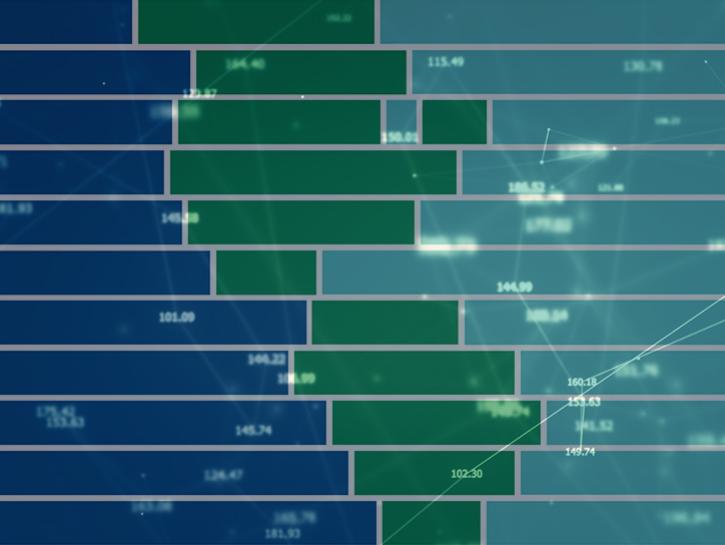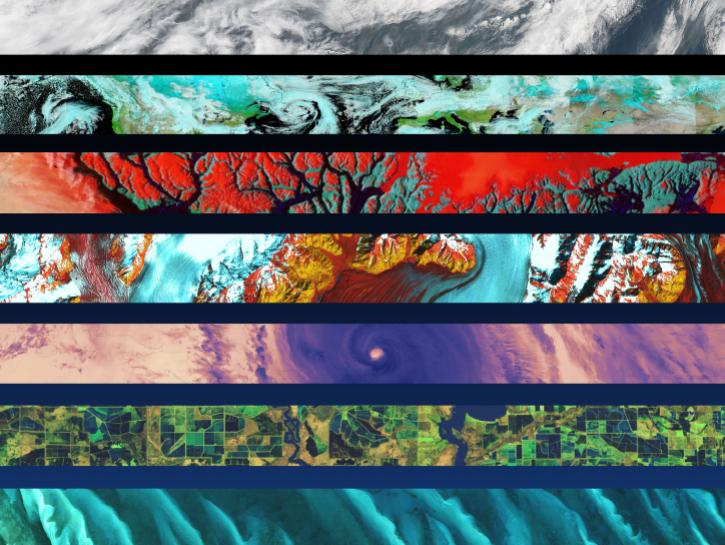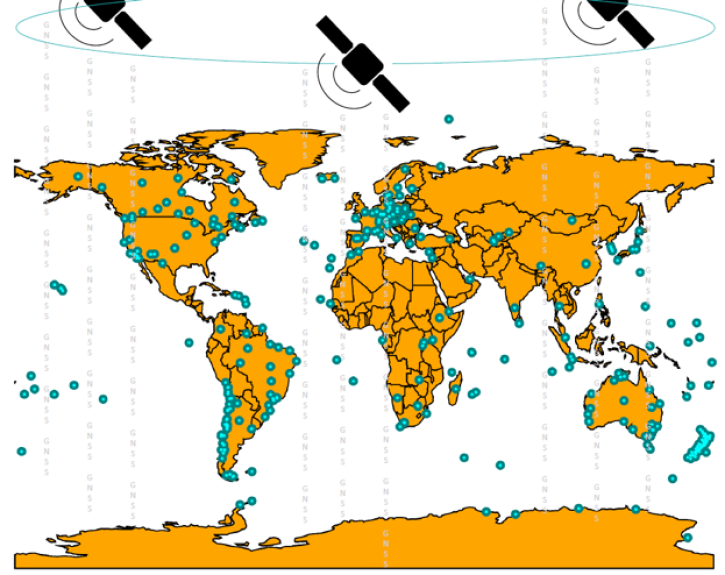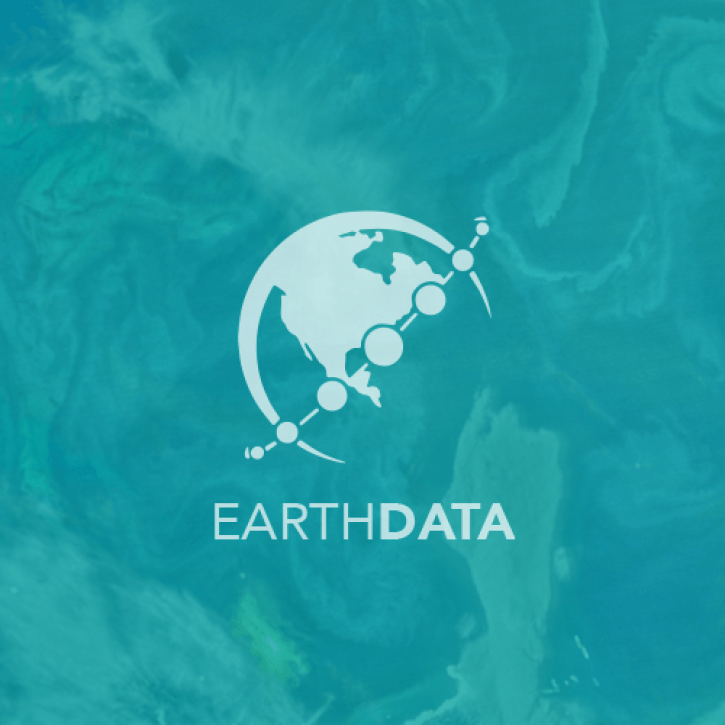Geodetics Data Access and Tools
NASA has geodetics datasets that help researchers characterize the shape of Earth and the motion of its components. Access a range of data and data tools such as AppEEARS, Worldview, and Giovanni to make the most of geodetics data.
Geodetics Datasets
| Dataset | Version Sort ascending | Platforms | Instruments | Temporal Extent | Spatial Extent | Spatial Resolution | Data Format |
|---|---|---|---|---|---|---|---|
| Ground-Based Global Navigation Satellite System (GNSS) GLONASS (GLObal NAvigation Satellite System) Observation Data (30-second sampling, daily files) from NASA CDDIS | 1 | GLONASS, GROUND STATIONS | GLONASS P, GNSS RECEIVER | 1998-01-01 to Present |
N: 90 S: -90 E: 180 W: -180 |
RINEX V2 | |
| Satellite Laser Ranging (SLR) Observation Data Summary (full-rate, monthly files) from NASA CDDIS | 1 | SATELLITES | NOT APPLICABLE | 1976-01-01 |
N: 90 S: -90 E: 180 W: -180 |
CRD, ILRS/CSTG | |
| Global Navigation Satellite System (GNSS) IGS Final Combined Set of Station Coordinates Product from NASA CDDIS | 1 | Beidou, Galileo, GLONASS, GPS, GROUND STATIONS, QZSS, IRNSS, SBAS | Beidou P, Galileo P, GLONASS P, GPSP, GNSS, QZSS P, IRNSS P, SBAS P | 1992-01-01 to Present |
N: 90 S: -90 E: 180 W: -180 |
SINEX, UNIX compressed ASCII | |
| Ground-Based Global Navigation Satellite System (GNSS) Hatanaka-compressed Observation Data (30-second sampling, hourly files) from NASA CDDIS | 1 | Beidou, Galileo, GLONASS, GPS, GROUND STATIONS, QZSS, IRNSS, SBAS | Beidou P, Galileo P, GLONASS P, GPSP, GNSS RECEIVERS, QZSS P, IRNSS P, SBAS P | 1992-01-01 to Present |
N: 90 S: -90 E: 180 W: -180 |
RINEX | |
| Combined GPS Broadcast Ephemeris Data (30-second sampling, hourly files) from NASA CDDIS | 1 | Beidou, Galileo, GLONASS, GPS, GROUND STATIONS, QZSS, IRNSS, SBAS | Beidou P, Galileo P, GLONASS P, GPSP, GNSS, QZSS P, IRNSS P, SBAS P | 1992-01-01 to Present |
N: 90 S: -90 E: 180 W: -180 |
RINEX | |
| Daily 30-second Combined GPS Broadcast Ephemeris data | 1 | NOT APPLICABLE | 1992-01-01 to Present |
N: 90 S: -90 E: 180 W: -180 |
RINEX V3 | ||
| Ground-Based Doppler Orbitography and Radiopositioning Integrated by Satellite (DORIS) IDS Earth Orientation Parameters (EOP) Time Series Product from NASA CDDIS | 1 | GROUND-BASED OBSERVATIONS | DORIS | 1992-01-01 to Present |
N: 90 S: -90 E: 180 W: -180 |
EOP | |
| Ground-Based GNSS-based Upper Atmospheric Realtime Disaster Information and Alert Network (GUARDIAN) GLONASS daily accumulated real-time Precise Orbit Determination (POD) Attitude Quaternions (30-second sampling, 24-hour files) from NASA CDDIS | 1 | GLONASS, GROUND STATIONS | 2023-10-01 |
N: 90 S: -90 E: 180 W: -180 |
JPL Quaternions (ASCII) | ||
| Global Navigation Satellite System (GNSS) IGS Summary of Orbit and Clock Comparisons of Analysis Center (AC) and Combination Real-Time Solutions with IGS Rapid Solutions from NASA CDDIS | 1 | Beidou, Galileo, GLONASS, GPS, GROUND STATIONS, QZSS, IRNSS, SBAS | Beidou P, Galileo P, GLONASS P, GPSP, GNSS, QZSS P, IRNSS P, SBAS P | 2009-02-01 to Present |
N: 90 S: -90 E: 180 W: -180 |
RINEX Extensions to Handle Clock Information | |
| Global Navigation Satellite System (GNSS) IGS Ionosphere Vertical Total Electron Content (VTEC) Final Product from NASA CDDIS | 1 | Beidou, Galileo, GLONASS, GPS, GROUND STATIONS, QZSS, IRNSS, SBAS | Beidou P, Galileo P, GLONASS P, GPSP, GNSS, QZSS P, IRNSS P, SBAS P | 1998-01-01 to Present |
N: 90 S: -90 E: 180 W: -180 |
IONEX (ionosphere exchange) |
Pagination
GNSS data can used to determine location and positioning around Earth as well as to study geophysics, the motions of tectonic plates and their displacements due to earthquakes, Earth orientation, and atmospheric properties among many other things.
Frequently Asked Questions
Earthdata Forum
Our online forum provides a space for users to browse thousands of FAQs about research needs, data, and data applications. You can also submit new questions for our experts to answer.
Submit Questions to Earthdata Forumand View Expert Responses


